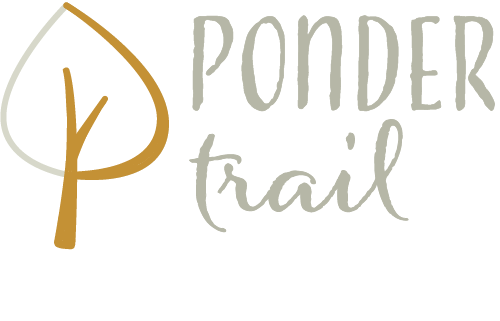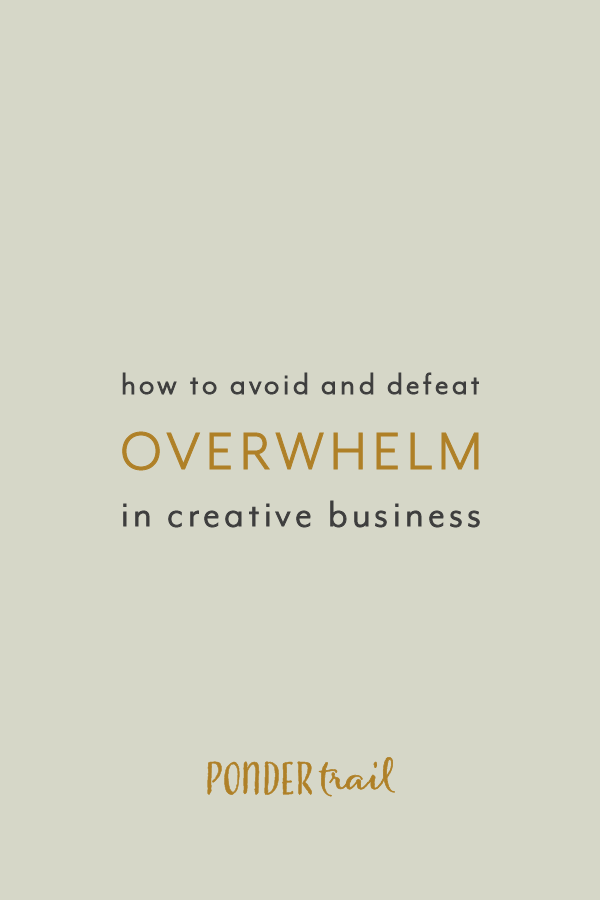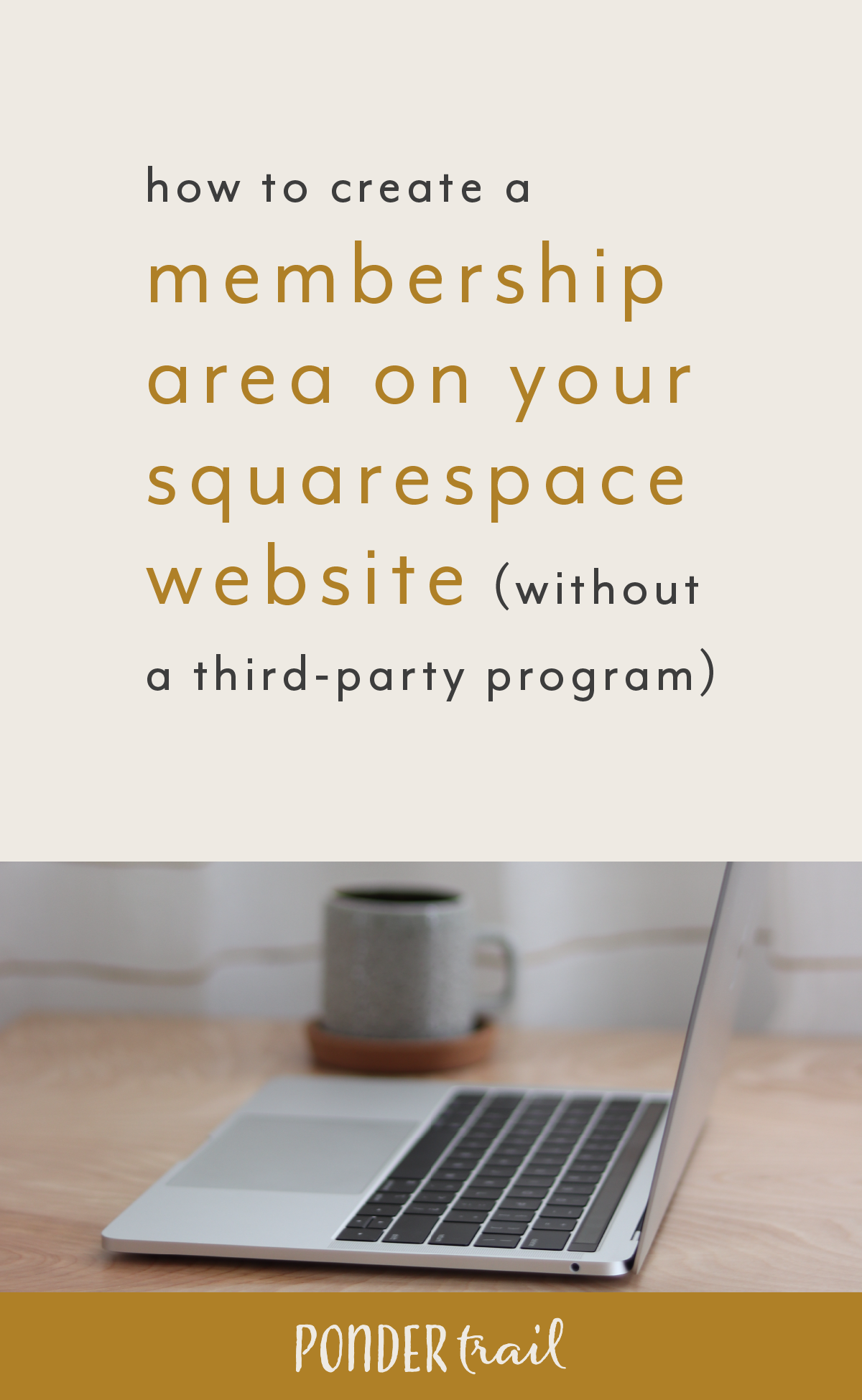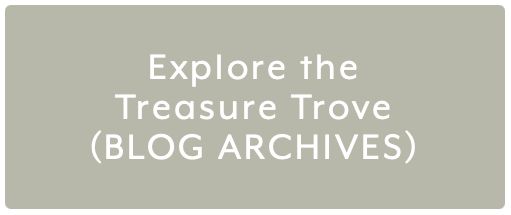Why and How to Define an Audience for Your Creative Business, Blog, and Social Media
Who is your audience?
It’s perhaps the most important question you will ever answer about your business.
Your audience is the group of people who are ecstatic about your brand and want to buy your products or book your services. They’re your potential customer or clients.
If you want to have a profitable business, you need to reach and connect with them. And every element of your business needs to be designed and intended for that market.
Until you know your audience, you won’t have complete clarity or get the full potential out of the work you put into your business.
You’ll miss opportunities to speak to your potential customers or clients through intentional branding and messaging.
And you’ll likely put time into creating content that isn’t effective.
But once you follow the steps in today’s blog post, you’ll be on your way to building a loyal following for your creative business.
WHY DOES DEFINING YOUR AUDIENCE MATTER?
1 // Pinpointing your audience is critical for the survival of your business.
You can have the best business idea in the world, but without anyone to invest money into what you’re offering, it will fail.
Your potential customers and clients are the people who are most likely to buy from you. They’re also called your target market or your ideal audience.
They are who you aim to reach and attract if you hope to grow a profitable business. And if you don’t know where to aim, you’re going to miss.
Keep in mind:
Ideal Audience = Target Market = Potential Customers and Clients = Income
2 // Identifying your audience allows you to run your business in a purposeful, efficient, and effective way.
Knowing your audience gives you clarity and focus throughout your entire business.
As creative entrepreneurs, we have never-ending to-do lists, so we need to make sure our time and efforts are spent as effectively as possible.
The more strategy and intention you run your business with, the easier it will be to grow and bring in an income.
If you’re not reaching potential customers or clients, you won’t be able to go after those business dreams, and you likely won’t reach many goals.
3 // Knowing your audience helps you understand their needs and problems. Then you can offer valuable solutions.
People buy products and book services to solve their problems.
When you know your audience, you can create more relevant offerings. You can understand their needs and wants, and you can provide actual value by giving them the best solutions.
You can serve your audience well, make them happy, and give them the best version of what they need.
A clear understanding of them means you can also provide value through free content on your blog or website. (This is called content marketing and is one of my favorite methods for growing your following.)
4 // Defining your audience is the best way to reach the right crowd with relevant, effective marketing.
Marketing for the sake of marketing will get you nowhere.
Instead, the goal of marketing is to reach, attract, and grow a dedicated following of potential customers and clients—not just an impressive, yet arbitrary, number of followers. Without a direction for your marketing, it’s easy to attract and build an audience that is not aligned with your are selling.
Instead, you need to reach the potential client or customer group who wants (sometimes begs) to exchange their money for what your business is offering.
When you pinpoint the people who want what you’re offering, you can make sure you’re marketing specifically to them. And you can identify where your audience hangs out, so you can go there and find them and market on the right platforms.
Effective marketing means faster growth, a loyal and engaged following, and higher conversion rates.
5 // Knowing your audience is a crucial component to implementing branding and messaging that connects.
Your potential customers or clients need to feel that your business is exactly what they’re looking for if they’re going to jump on board. They need to resonate with you 100%.
The best way to do this is through your messaging, photography, and brand design.
Knowing your audience means you can write your website copy directly to them so they connect with your business and know exactly how you will help them.
Having a clear picture of who they are and what they like allows you to implement strategic brand and website design that does more than look pretty.
Related Post: 7 Powerful Benefits of a Well-Designed Brand
6 // Identifying your audience is the first step to showing your expertise and building trust.
Having a clearly defined audience helps position you as an expert. It shows that you know who you’re serving, and that you’ve dedicated your business just to them.
You’re able to demonstrate your knowledge since you can zero in on showing how you solve your ideal customer or client’s problems.
When you know who your audience is and how you help them, it’s easy for the world to know, too. For example, if a non-potential customer discovers you, she will know if your business is the perfect fit for her friend. And if she determines that you’re trustworthy and an expert, she’ll be more likely to pass your info along to a potential customer.
HOW TO DEFINE YOUR AUDIENCE
1 // Get crystal clear on what your business offers.
Before you can zero in on your audience, you first need to know what your business is and does.
It's important to have your niche established and to have a solid idea of what you specialize in. This will make sure your business has an intentional direction and a cohesive audience.
Start by writing a sentence or two that describes the purpose of your business. List what you offer and why. If you have ideas for future products or services, do the same for them, too.
Knowing exactly what you sell creates a strong foundation for determining which particular audience group will be the most interested in your offerings, so make sure you take some time to work through getting clear about your business's products and services.
2 // Identify and explore the problems you solve and the value you provide.
To define and understand your audience, you first need to identify the value your business offers and the problems it solves.
Not everyone is going to have enough of a reason or interest to become a fan and to support your business. (And that's okay.) The people who are most likely to support you are potential customers and clients. They’re the people that find your business valuable.
Determine why someone would need your business in the first place.
Shift the focus off of what you like best about your business, and instead, hone in on the value your offerings give customers or clients. Think about the services or products you want to sell and what problems they will solve for someone. Figure out why someone should be eager to become a follower and buyer.
3 // Pinpoint who needs that value, and hone in on your target market.
Now that you know the value your business provides, you can identify your target market. They are the people who want to buy or book that value and solve their problems.
It’s important to hone in on a market of people who not only wants what your business sells but who will gladly pay money for it because not everyone who sees the value will be willing to spend their money on it.
Keep in mind how much you want to offer things for, and find the group of people who need your value and who are likely to pay your rates or prices.
Make sure you hit both criteria; otherwise, you’ll have lots of admirers and no income.
You should also determine if your target market will recognize your value or if they’re unaware that they need or want what you have to offer. Sometimes you have to show them their problem and your solution before they see your business as valuable.
Ready to Attract Your Audience?
4 // Pinpoint all of their problems, needs, and wants.
Even if you don’t sell a solution to every problem they have, knowing all of their struggles is the most powerful way to relate to and help your audience. You can use this knowledge to make connections and to show them you understand and care.
First, identify their biggest problems and struggles. Then, list their other needs and wants. Determine their hopes and dreams, too.
You might discover other ways your business can give them value--whether through a paid product or service or through free, helpful content on your blog.
5 // Get to know them, and create a character sketch.
Next, define them to a T.
The goal is to get to know your audience like a best friend. Think through every aspect of and detail about your ideal customer or client, and create a character sketch.
Determine their age range, gender, profession, income, interests, etc. Figure out what they enjoy doing in their spare time, where they shop, what they like to eat, and everything else you can think of.
Once you know them well, you’ll know exactly how to appeal to them and to provide the best value possible. And you’ll be able to create a strong connection to your potential clients and customers through marketing strategies and intentional branding, which is where the magic happens.
6 // Design and build your business around your audience.
If you want to attract your audience, every element of your business and piece of content you create needs to be specifically and intentionally geared towards them.
Your brand should be perfectly designed for your audience so they resonate with your business. From the moment they land on your website, they should be drawn in and interested to learn more. Your site’s copy and pages should be written directly to them. Your photography needs to catch their eyes. Your free content and blog posts should benefit your audience and peak their interest.
Once you hone in on your audience and build your business around being valuable to them, you’ll be sure to grow a loyal and engaged following for your brand.
Have you defined your audience? What benefits have you seen from knowing your target market? Let me know by commenting below! I’d love to hear from you!
























